Audi Q8 Anti-Gravel Film Wrap
The Audi Q8 is a sporty crossover from a German manufacturer with a striking design. Frameless windows, sharp angles, and integrated body optics immediately point to the car’s boldness, leaving no one indifferent. However, even the premium quality of a popular brand can’t completely protect the body from damage during use. The car inevitably encounters sand, bitumen, insects, and even stones flying from under the wheels. Chemical cleaners with toxic components used at car washes also adversely affect the paintwork. To reduce the risk of various car damages, wrapping the Audi Q8 in protective film is the most effective solution. The goal of the wrapping is to preserve the car’s attractive appearance for many years. It is recommended to wrap the car immediately after purchase to maintain its new look even after 10 years of active use.
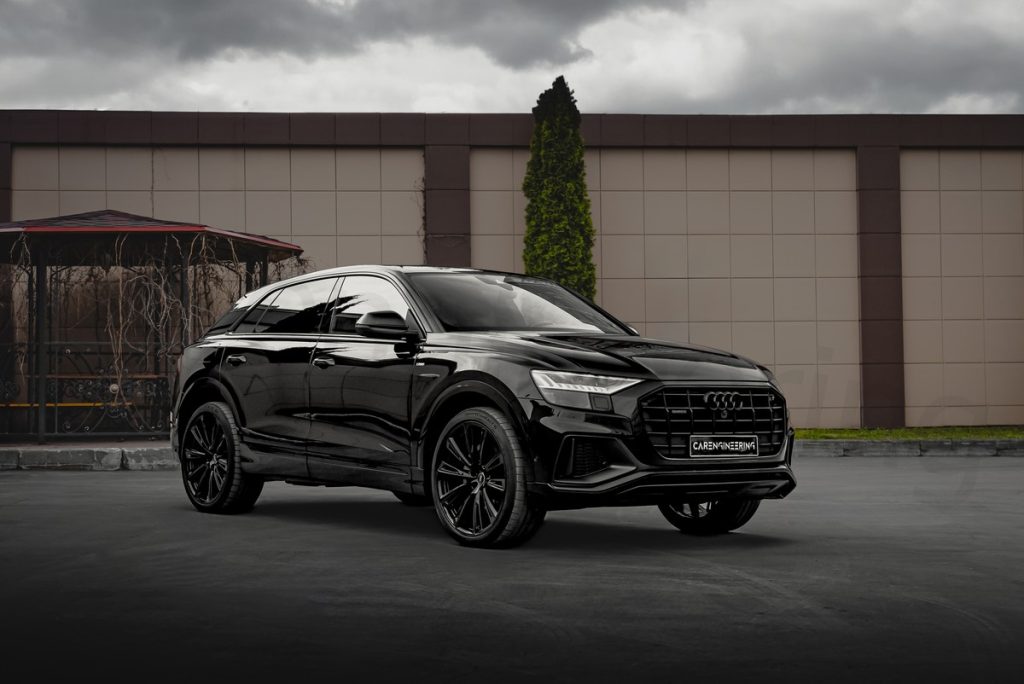
The owner of the Audi Q8 decided to take care of the body’s integrity in advance and came to CarEngineering studio to wrap the car in polyurethane film. The full wrapping package will cover the entire surface of the body while remaining completely invisible, as the client chose transparent material.
The expensive film and the diligence of our specialists, with over 20 years of experience, guarantee high-quality work and the expected result.
In this review, we will cover what to consider when wrapping a car, what material and service package to choose, and describe all the stages and nuances of wrapping the Audi Q8 with film by the experts at CarEngineering studio.
Car Audi Q8 Types of Films — The Choice Depends on the Desired Effect
The first thing to consider before wrapping is the types of materials. At CarEngineering studio, body wrapping can be done with two types of films: vinyl or polyurethane. It is important to note that we use only reliable coatings from trusted brands. If your priority is changing the body design, vinyl is suitable. This coating has a wide range of colors and textures. Vinyl allows for various gradients, chameleon effects, pearlescent shimmer, and generally brings any car design idea to life. However, it is worth noting that the material does not have high protective properties. Its thickness is not very large—ranging from 100 to 150 microns. Vinyl will protect the car from minor mechanical or chemical impacts, such as branches, gravel, sand, insect residue, careless washing, but it cannot handle more complex damages, such as key scratches, minor accidents, scrapes with barriers or other cars, and stones hitting the body from under the wheels during movement.
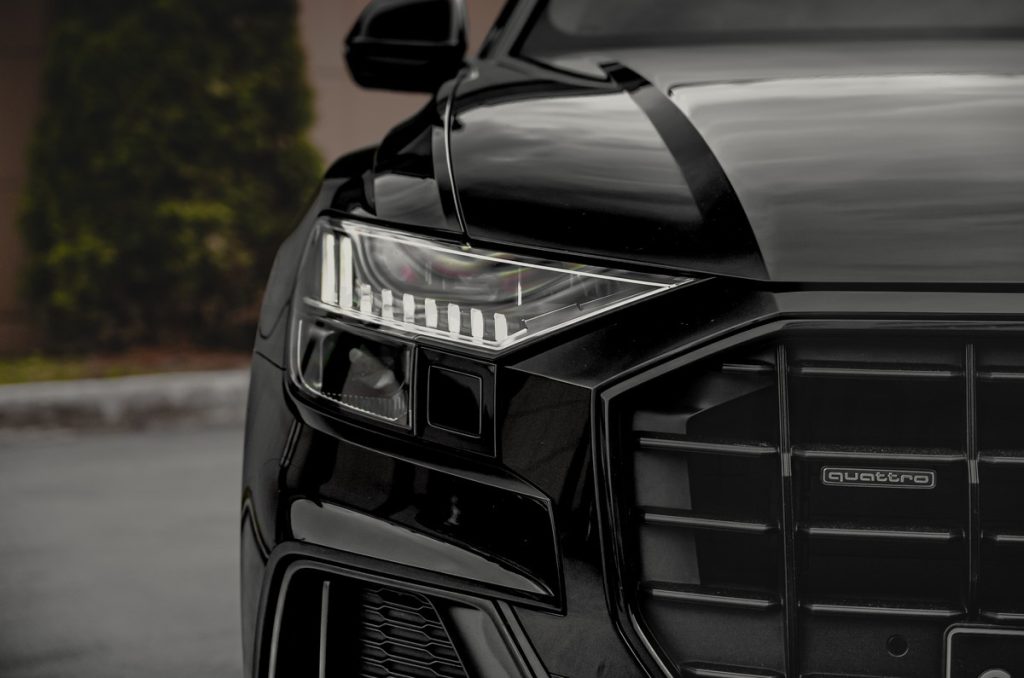
The service life is also short—ranging from 2 to 5 years, so this type of material is suitable for periodic design changes.
For full protection, we recommend using polyurethane coating. This film is thicker than the previous one—up to 210 microns. Polyurethane film on the Audi Q8 will protect against many external factors, including:
- Corrosion
- Scratches from tree branches, bushes, sand, gravel, pebbles, and keys
- Insect residue
- Bird droppings
- Chemicals and their aggressive components
- Resins, salts, and other road reagents
- Poor parking
- Minor accidents
One of the advantages of polyurethane coating is its resistance to extreme temperatures and temperature fluctuations. Another important feature is its self-healing effect. Under high temperatures, the film, due to its rubber-like composition, will return to its original position. This means that any damage to the material will disappear. To achieve this result, it is enough to leave the Audi Q8 in the film under the scorching sun for a few hours.
Compared to vinyl, polyurethane also has a longer service life. Polyurethane coating lasts for 5-10 years of active driving. After this period, you can easily replace the film with a new one, extending the protection of the body for another 5-10 years. In terms of colors, polyurethane film is inferior to vinyl. However, there are color options available for polyurethane material. Additionally, there is a special option—matte film. This texture radically changes the original appearance of the car. The film highlights the sharp edges of the body and softens its color, making it more captivating. It is important to note that the protective properties of polyurethane coating remain the same in any color and texture.
Wrapping Options for Audi Q8: Partial vs. Full Wrap
After choosing the material, it is important to select the wrapping package. At CarEngineering studio, the car can be wrapped in different ways. We offer two main options for body coverage: full and partial.

Deciding how to wrap the car should be based on your priorities and specific requirements.
With partial wrapping, only the parts that wear out the most during driving are covered—such as the hood, front bumper, front fenders, windshield pillars, front optics, roof strip, mirror covers, and areas under door handles. This type of wrapping provides minimal protection needed for every car. If the car is used daily, this level of wrapping may be insufficient. Unwrapped body parts will remain unprotected and will continue to wear out. If you choose partial wrapping, we also recommend considering an additional option—applying a ceramic layer to the remaining parts of the body. Ceramic provides less protection than film coating but serves as a good barrier against chemicals and UV rays. It will also add shine to both wrapped and unwrapped parts of the body, as well as enhance color richness and depth.
Audi Q8 Film Wrapping
To fully protect the car from possible damage and wear, we recommend opting for a full wrap of the Audi Q8. This way, all body elements will be protected from all sides. During wrapping, all parts of the body are covered. The exception is the rear optics and piano lacquer. Their wrapping can be ordered separately at an additional cost.
Full wrapping is a promising solution. A fully protected body is virtually invulnerable. With such wrapping, the driver gets an attractive car appearance for many years. It prevents various chips and scratches, saving a significant amount of time and money on unplanned body repairs.
To enhance the effect of wrapping, CarEngineering studio offers an additional service—anti-chrome. This involves wrapping small elements such as the grille, window frames, logos, and inscriptions in black vinyl to prevent rust and damage. Anti-chrome is suitable for those who want to change the chrome look of small details.
CarEngineering studio specialists will help you choose the right quality wrapping package based on all your wishes and the car’s usage features.
Wrapping Audi Q8 at CarEngineering Studio
Car wrapping with anti-gravel film should be done in clean conditions. It is also important to adhere to all temperature norms and appropriate humidity levels. Our specialists ensure the diligent execution of all services, and the premises undergo thorough cleaning beforehand. This prevents dirt from getting onto the car and under the film, making the result high-quality and neat. The masters also prepare the equipment and tools, and only then do they welcome the Audi Q8 to the studio for the wrapping process.
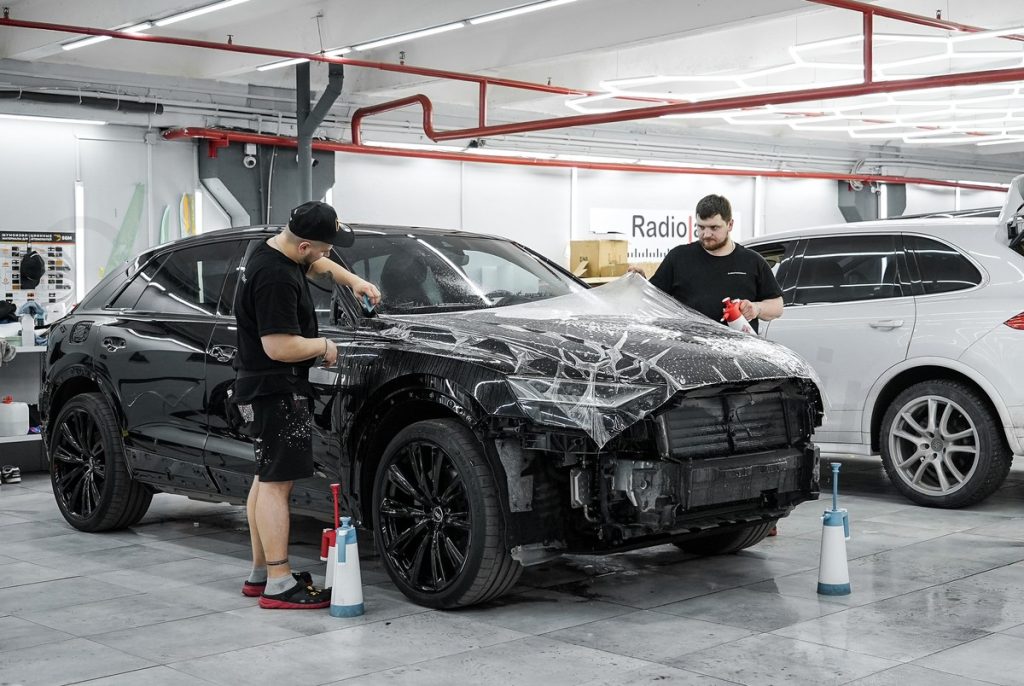
Proper attention is also given to the cleanliness of the car. CarEngineering masters first inspect the car’s body for scratches, deep scratches, or corrosion. If damage is present, we advise the client to polish the car and bring it to perfection. Once the car’s condition is restored to perfection or is initially free from signs of deep wear, such as a car just from the showroom, the next stage of preparing the Audi Q8 for wrapping begins. The masters dismantle some of the car’s parts: bumpers, moldings, mirrors, door handles. This allows for a more thorough cleaning of the body from contaminants and later ensures reliable wrapping of hard-to-reach areas. After disassembling parts, the car undergoes cleaning in several stages, including:
Washing: cleaning the body from various contaminants such as bitumen, grease, resins, and dirt. Professional cleaning agents and special clay are used.
Degreasing: the final stage of cleaning the car before covering.
Wrapping is done gradually, wrapping each part separately. To remove air bubbles from under the film and securely adhere the coating to the body, the film is smoothed out. It is also important to use only purified water without metallic impurities. This is crucial for achieving the best wrapping results, allowing the material to remain in an attractive condition for 5-10 years of driving.
Wrapping Audi Q8 at CarEngineering Studio
The final stage of the wrapping process is edge folding. This significantly improves the quality of wrapping. Edge folding is extremely important. With edge folding, the film is securely adhered under the body part, in a place inaccessible to external interference—this prevents peeling and tearing of the material.
To ensure the film adheres securely to the Audi Q8, the car remains in the studio for the next day. Inspecting the car before returning it to the client is a mandatory part of the process. Attention is given to all details, including body joints and corners. During the service report, the masters also invite the car owner to visit our service after a couple of weeks. Post-service is free and includes a car wash and a final inspection. This is done to ensure the highest quality of wrapping.
All the wrapping process for the Audi Q8 and other services at the studio are handled by our specialists with over 20 years of experience. At CarEngineering studio, we take into account all client wishes and specific choices. Our masters will protect the body from damage, conduct sound insulation for absolute silence during driving, install multimedia systems with Android OS, make door closing perfectly quiet with closers, and perform professional cleaning and polishing. Book our services and step closer to premium comfort in your own car.
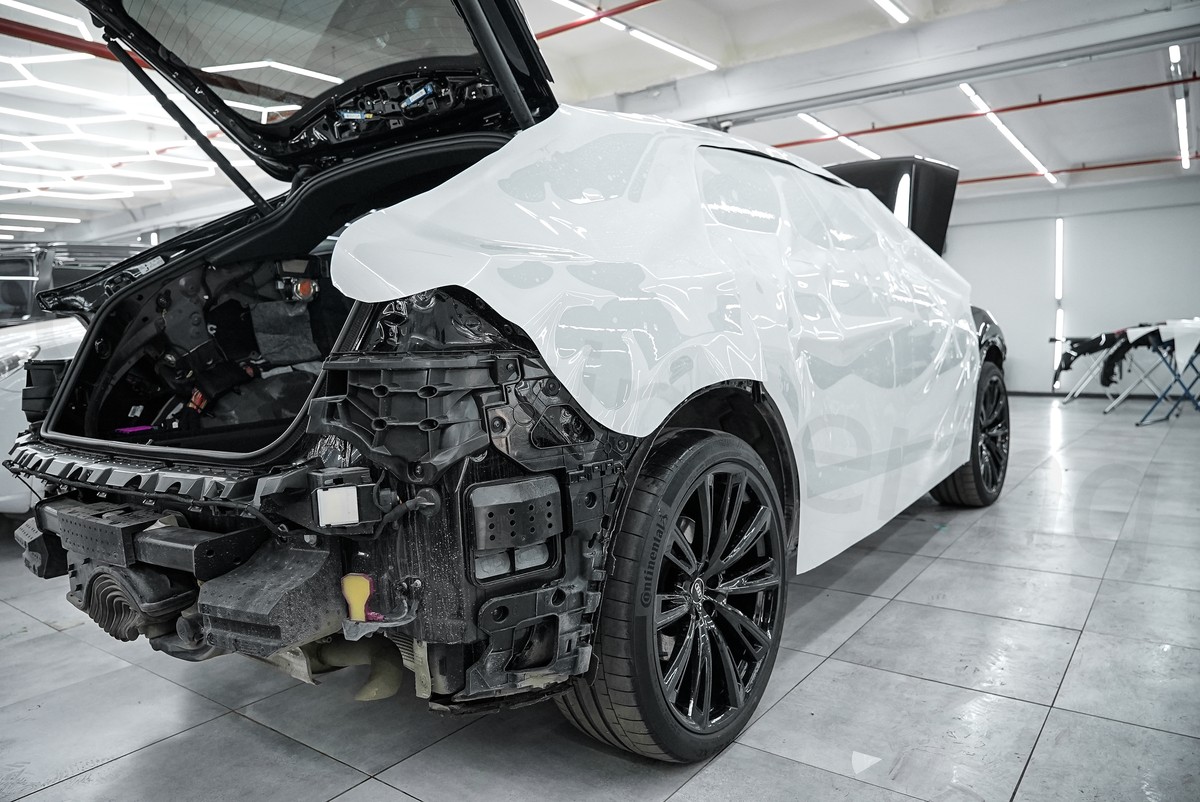

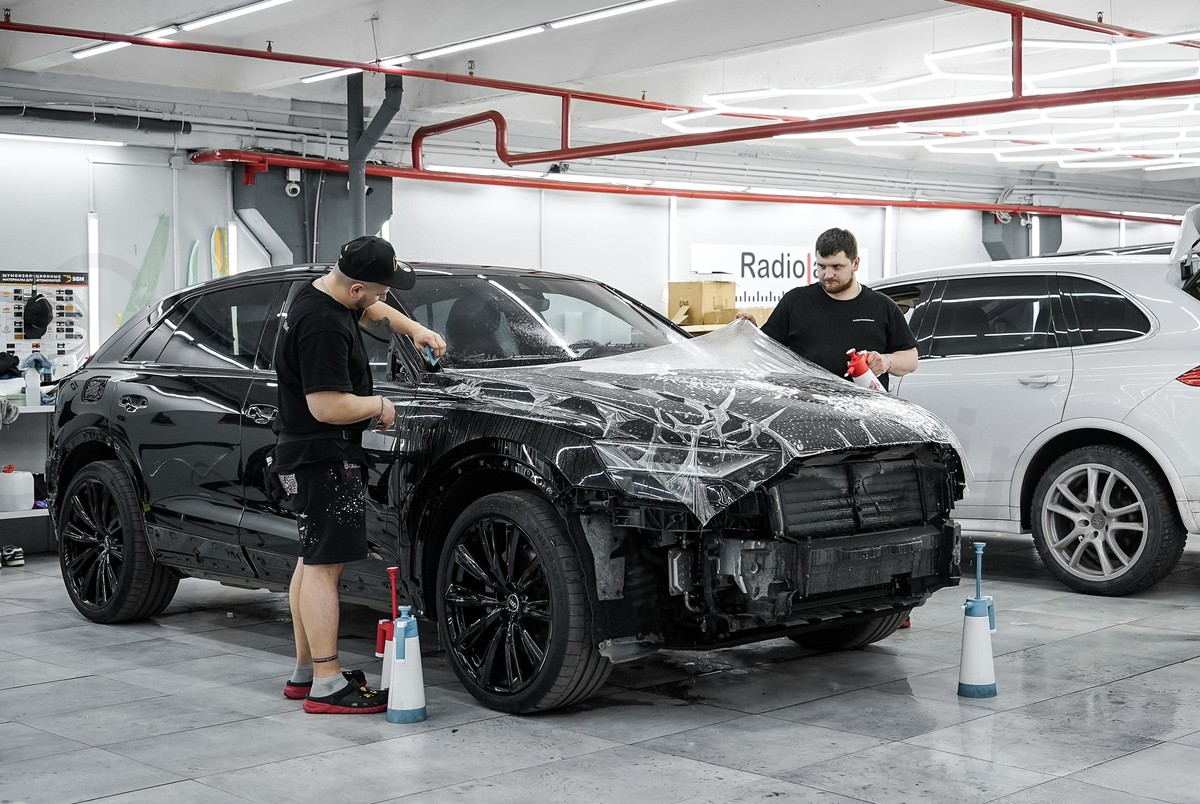
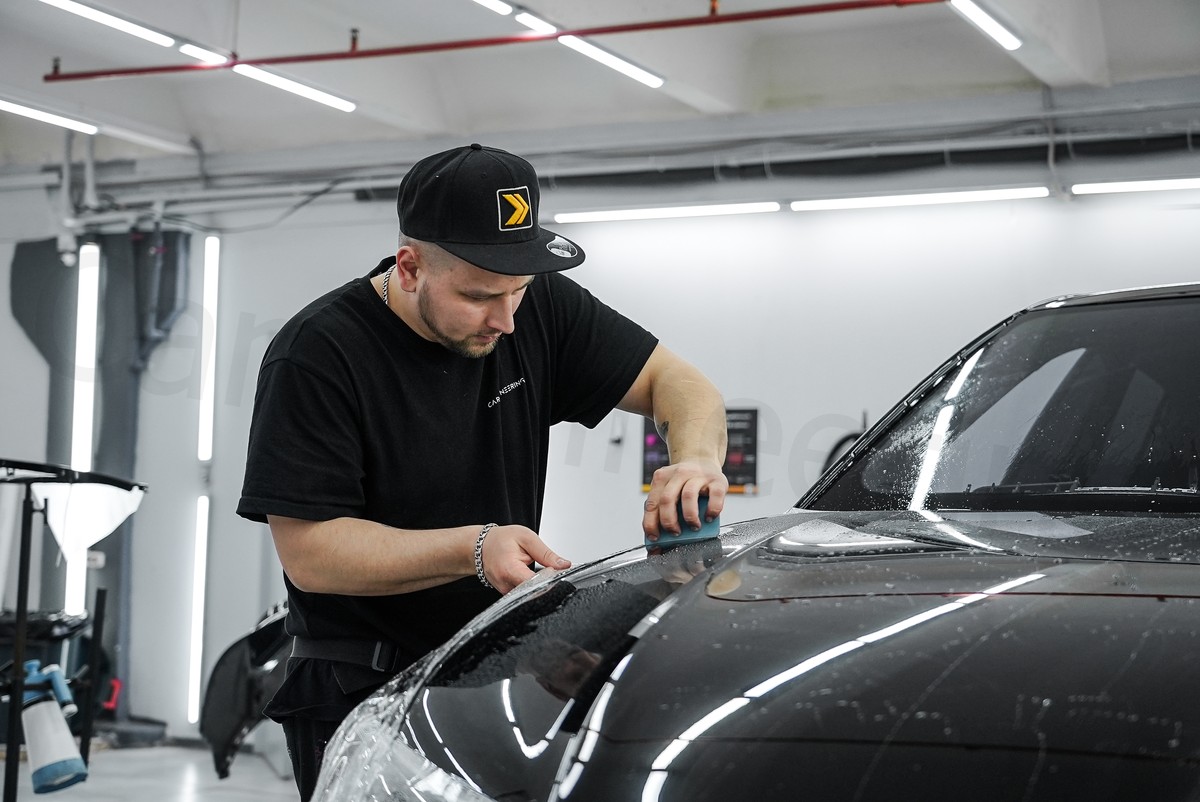
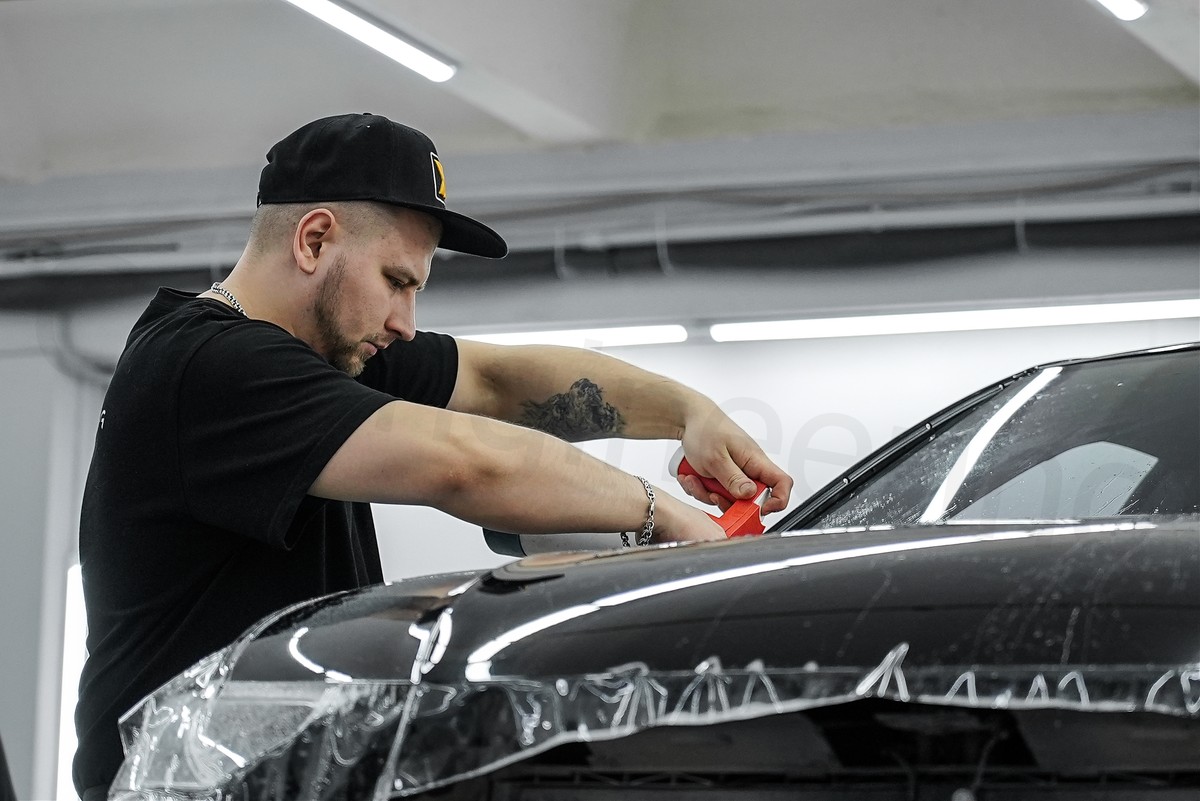
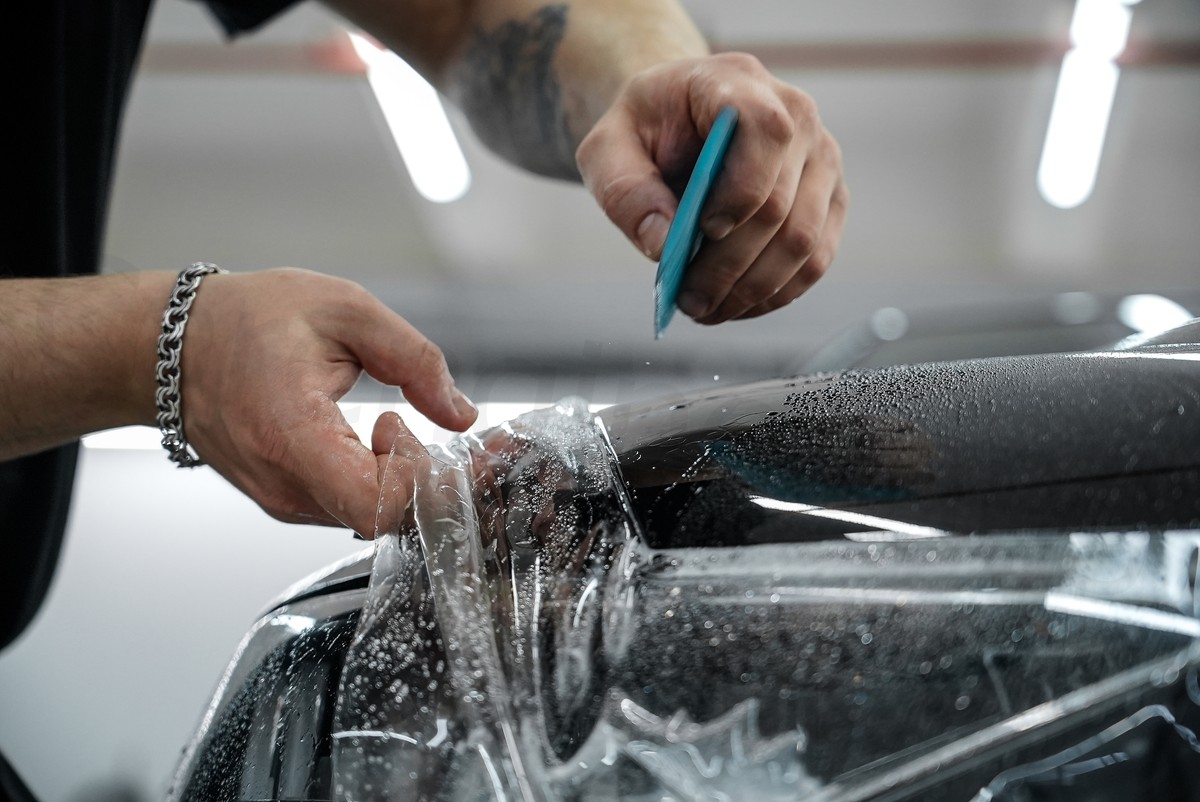

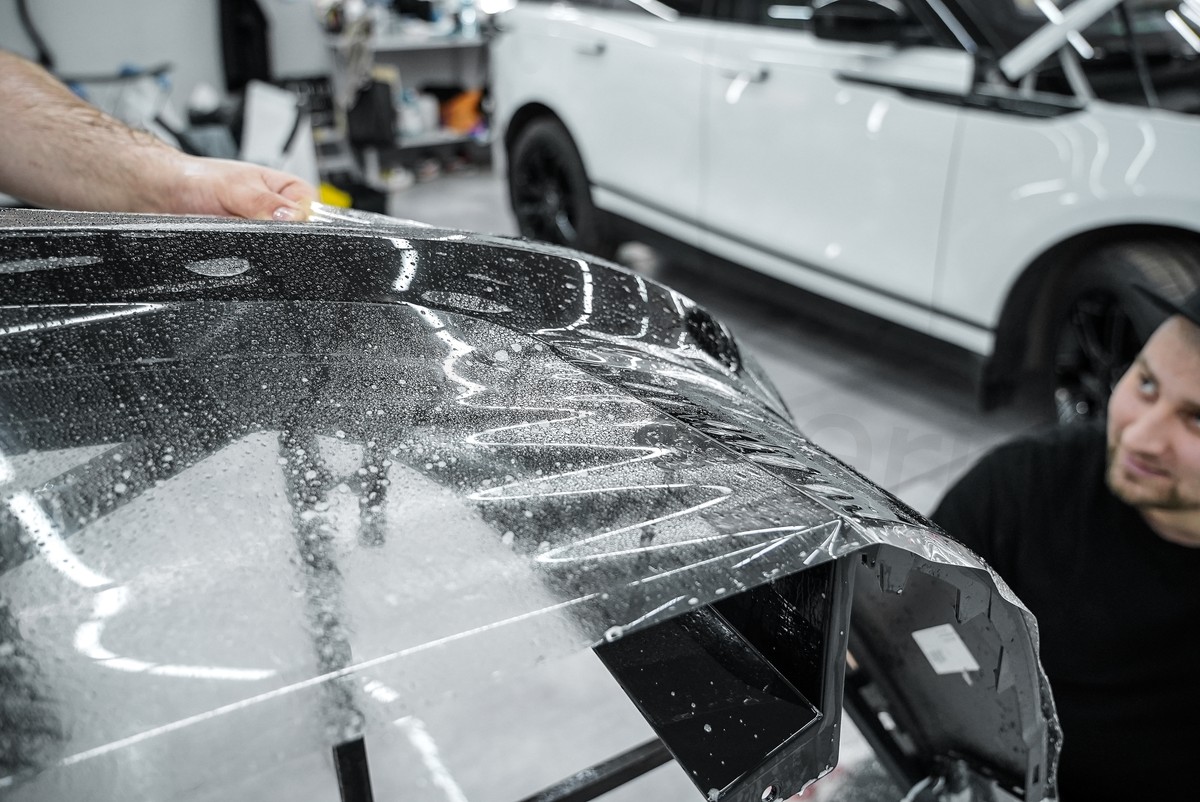
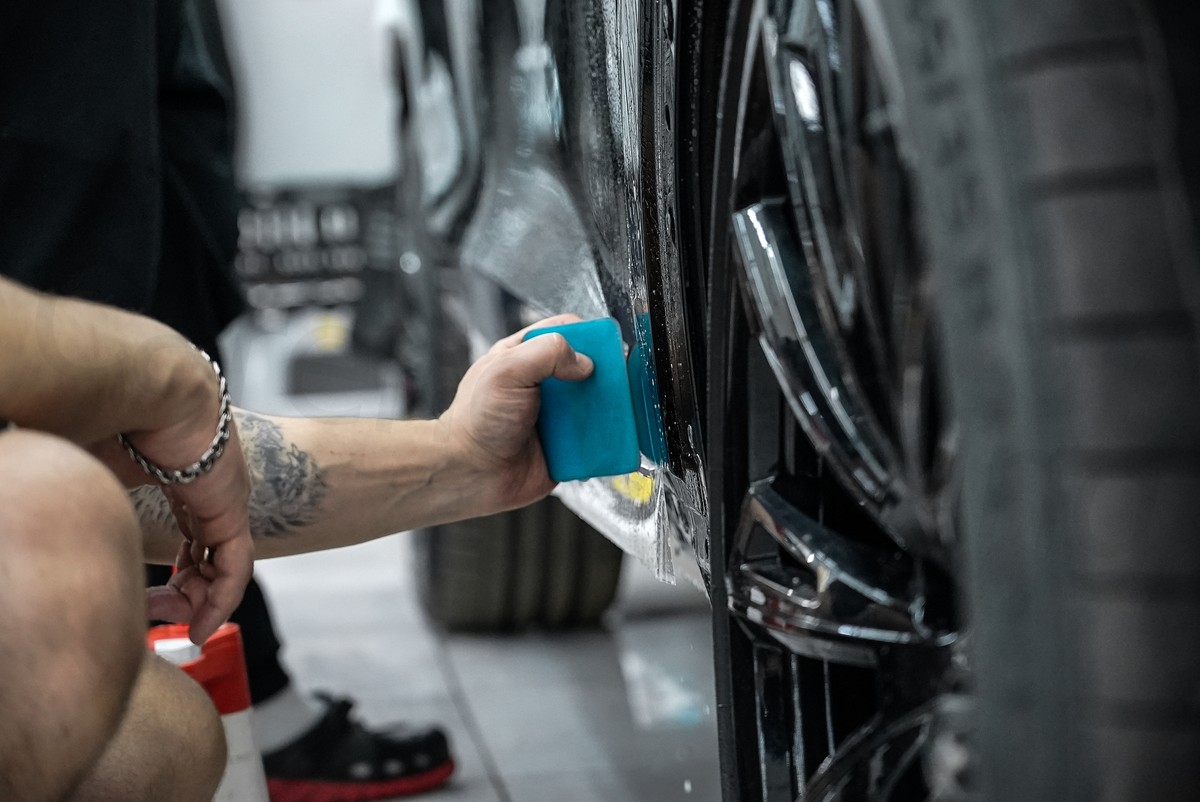
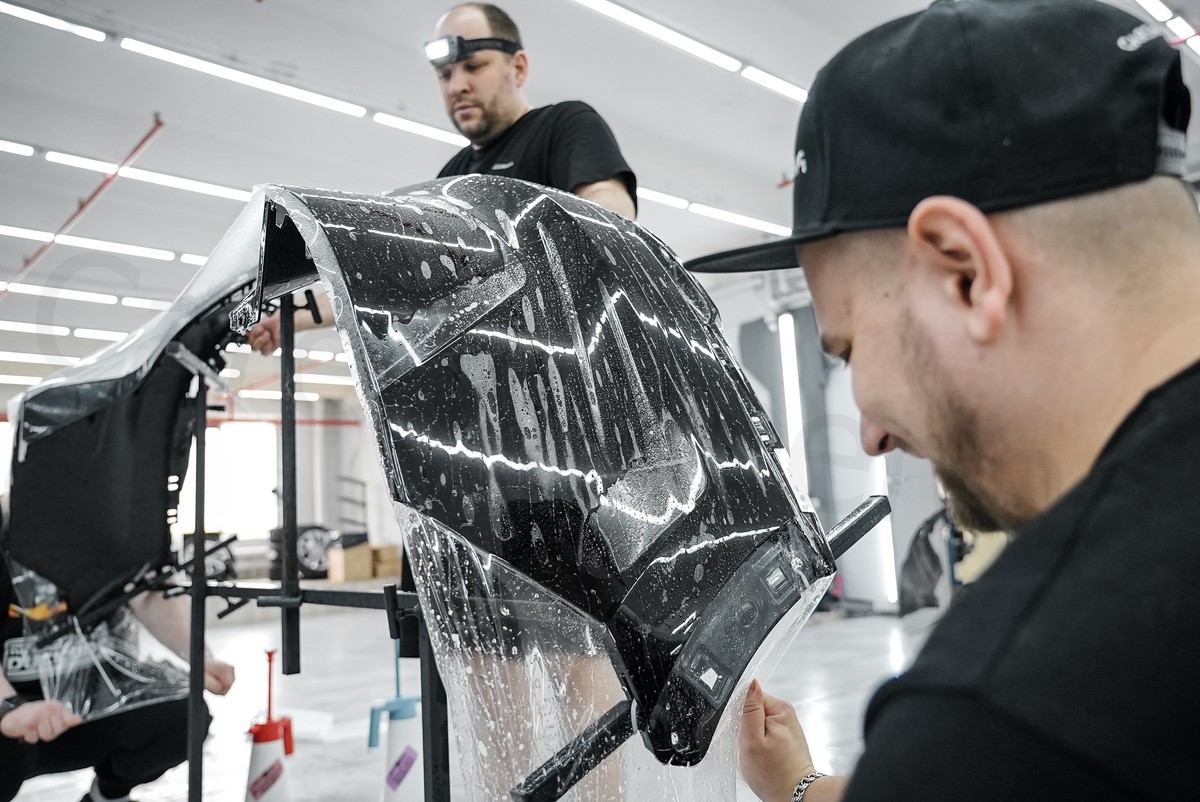
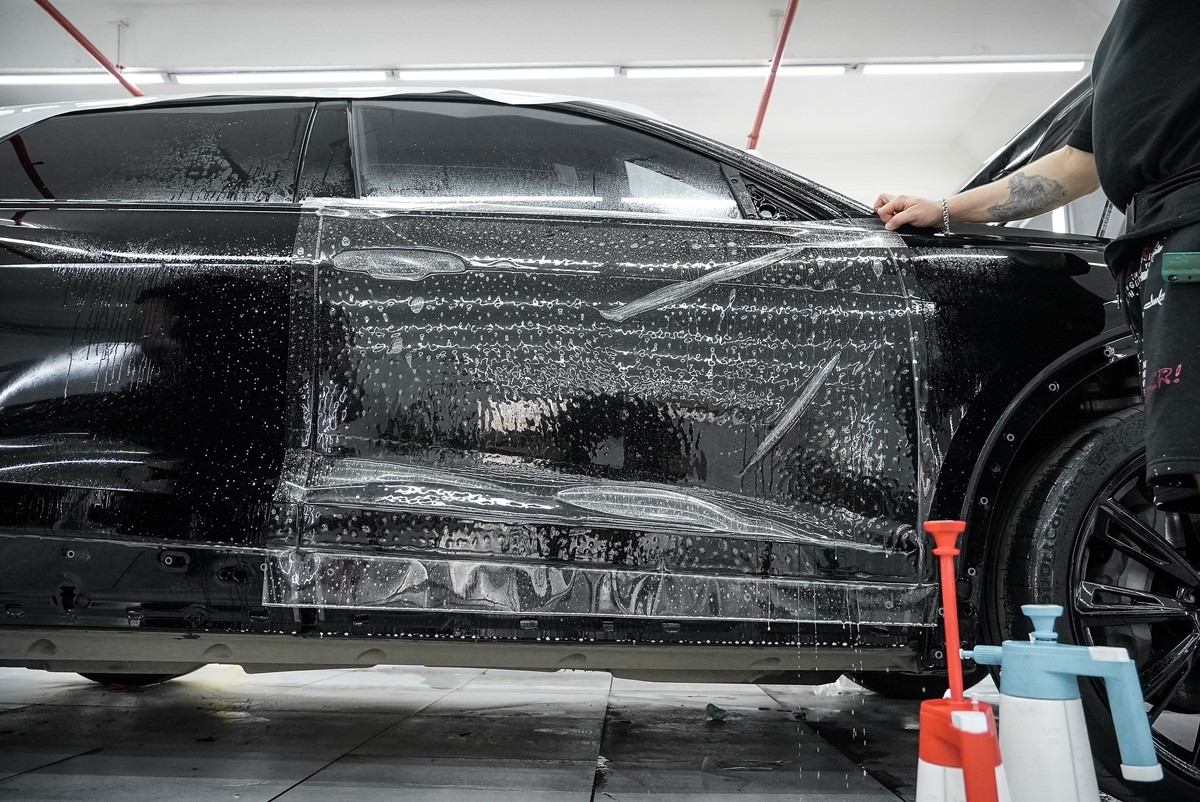

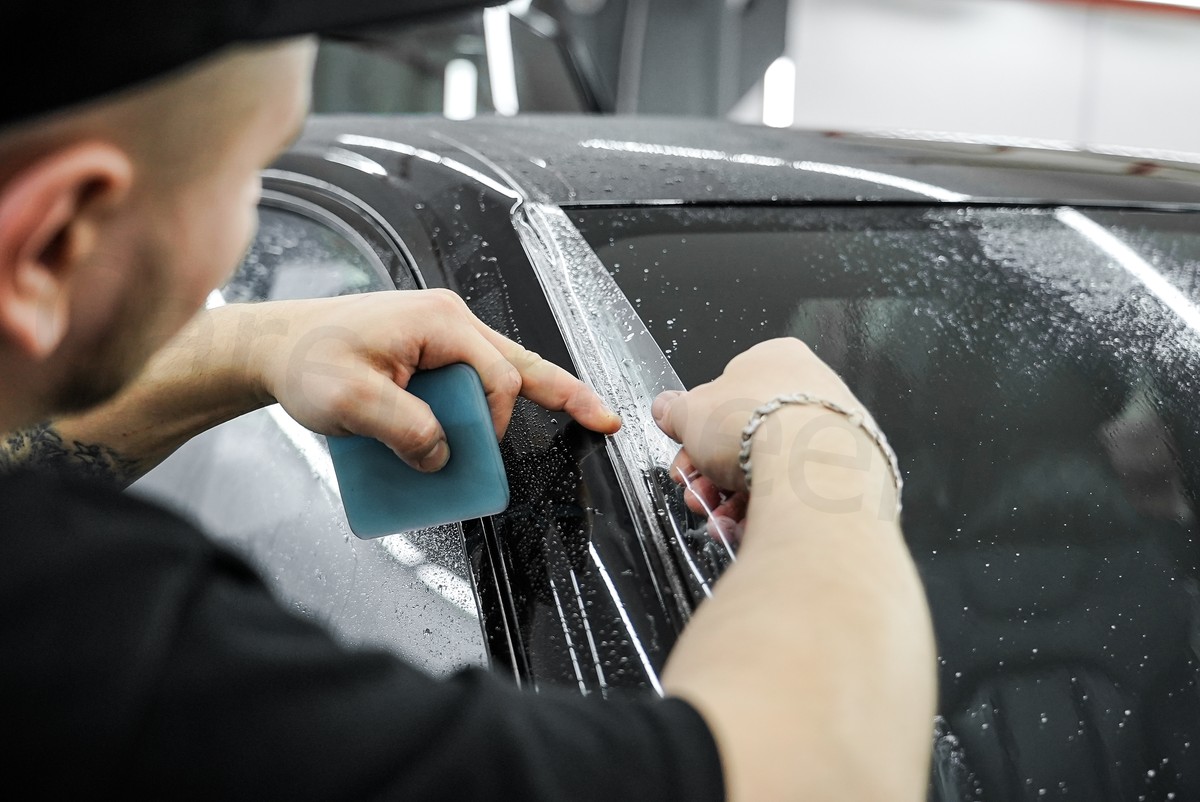
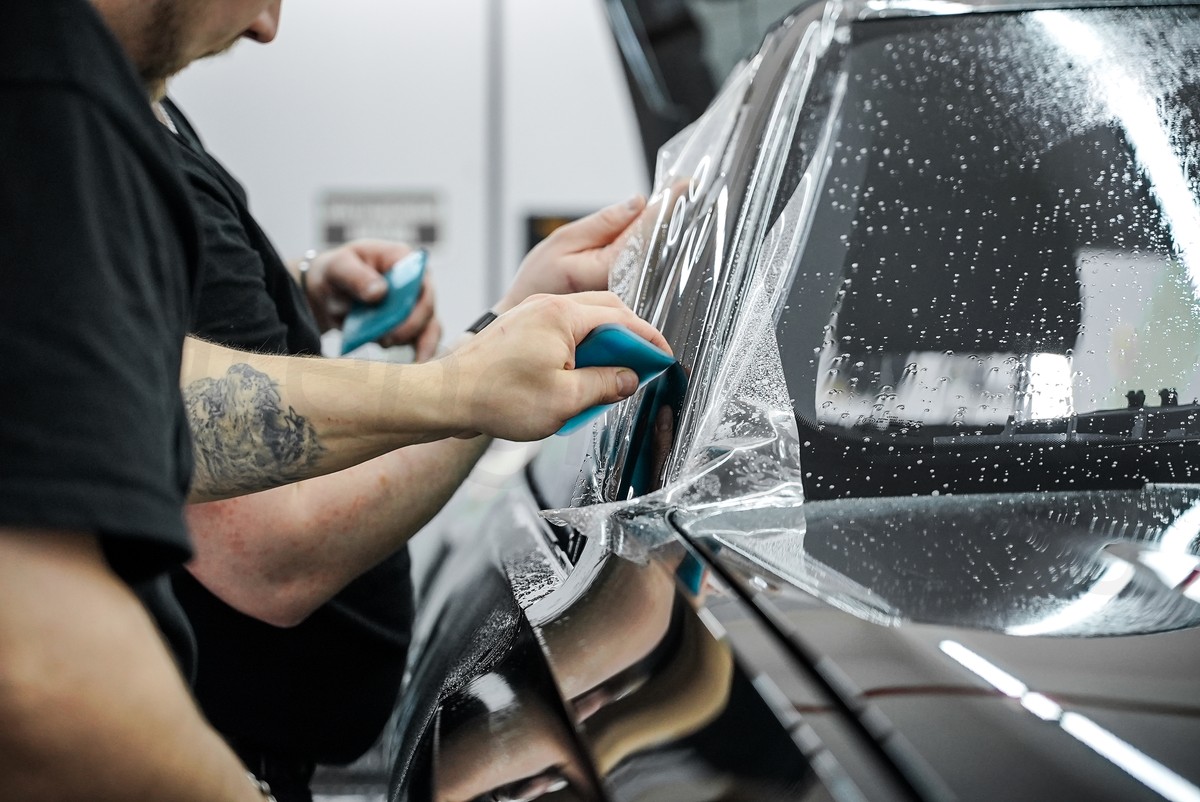
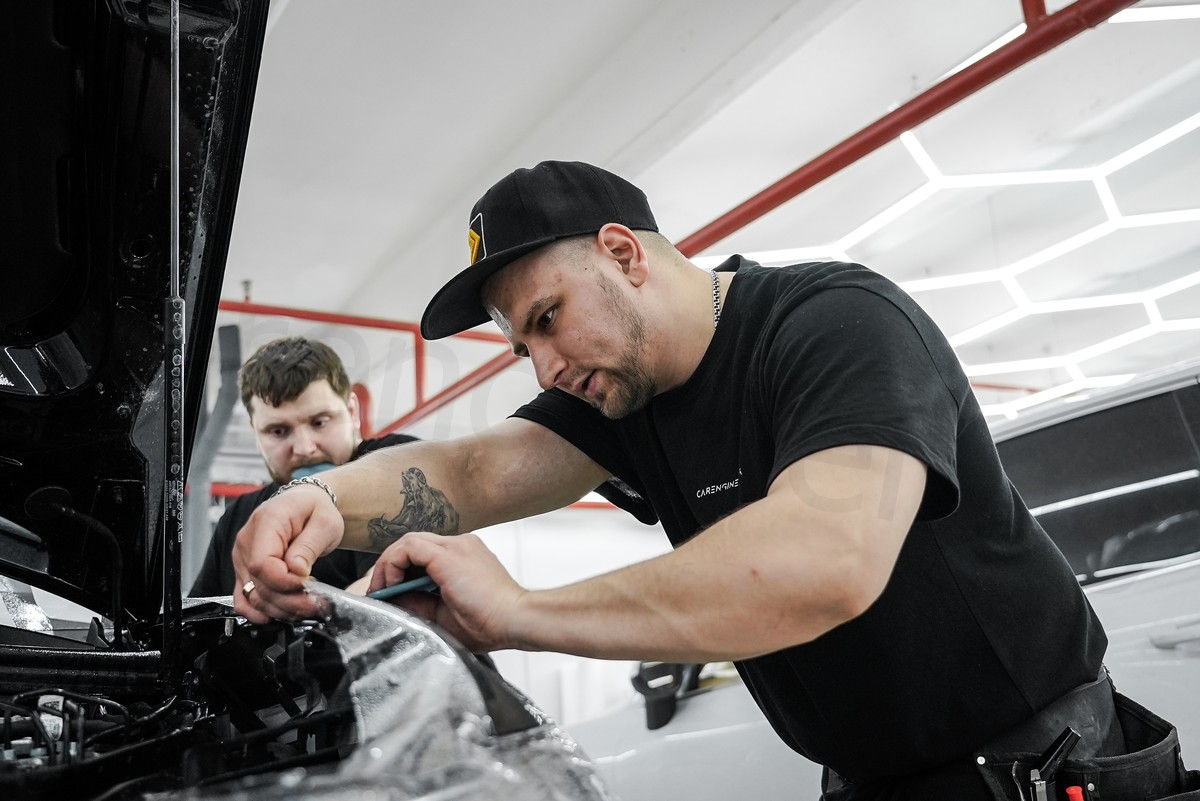
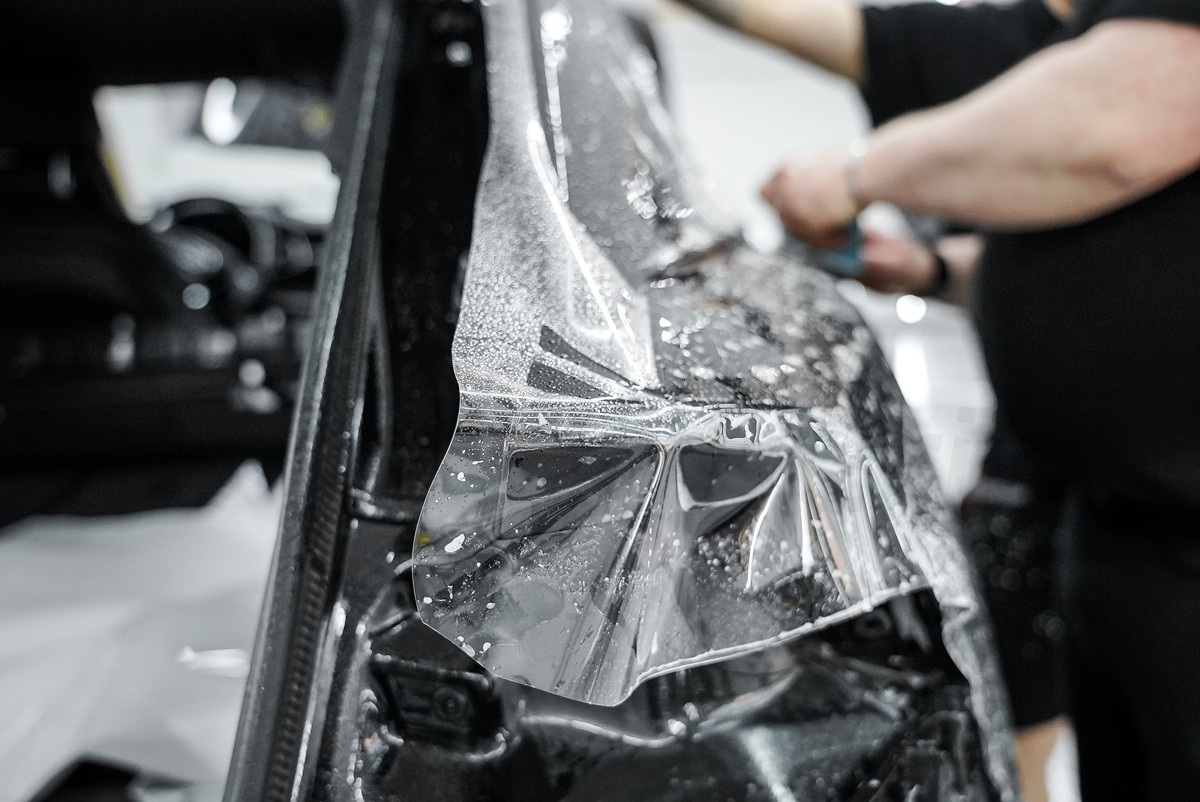
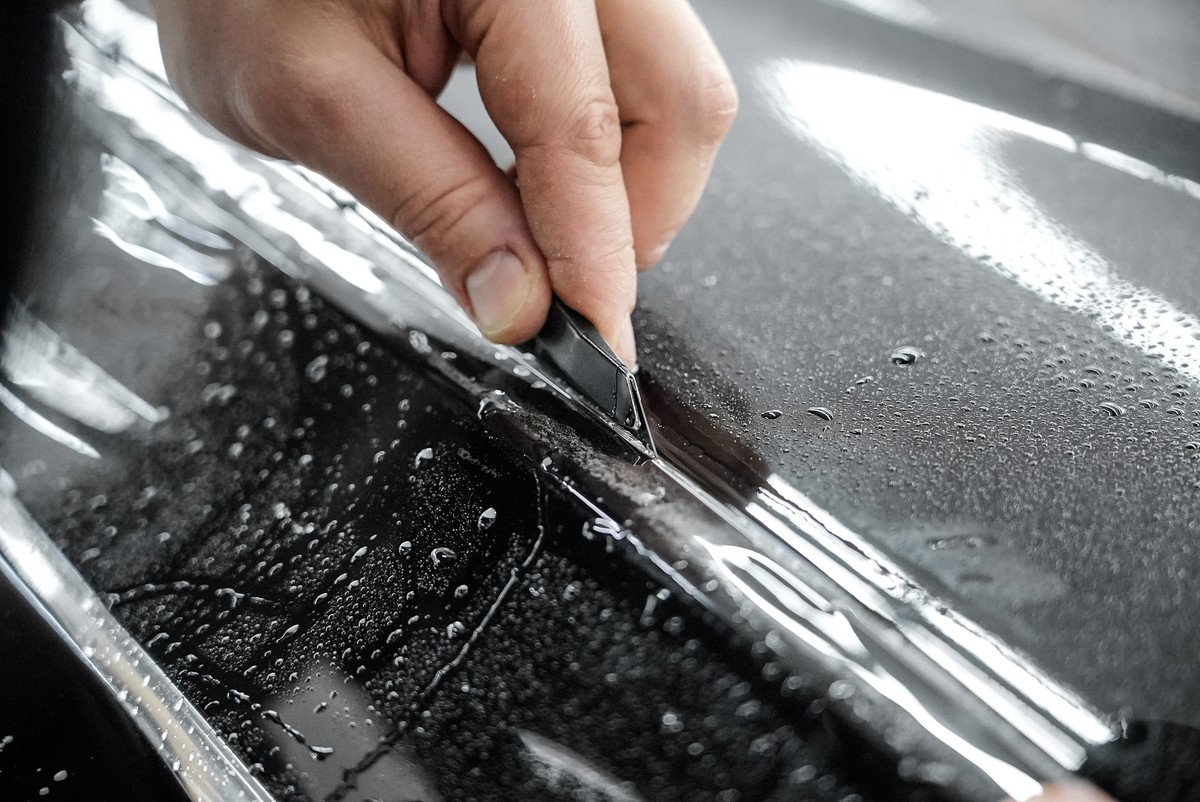
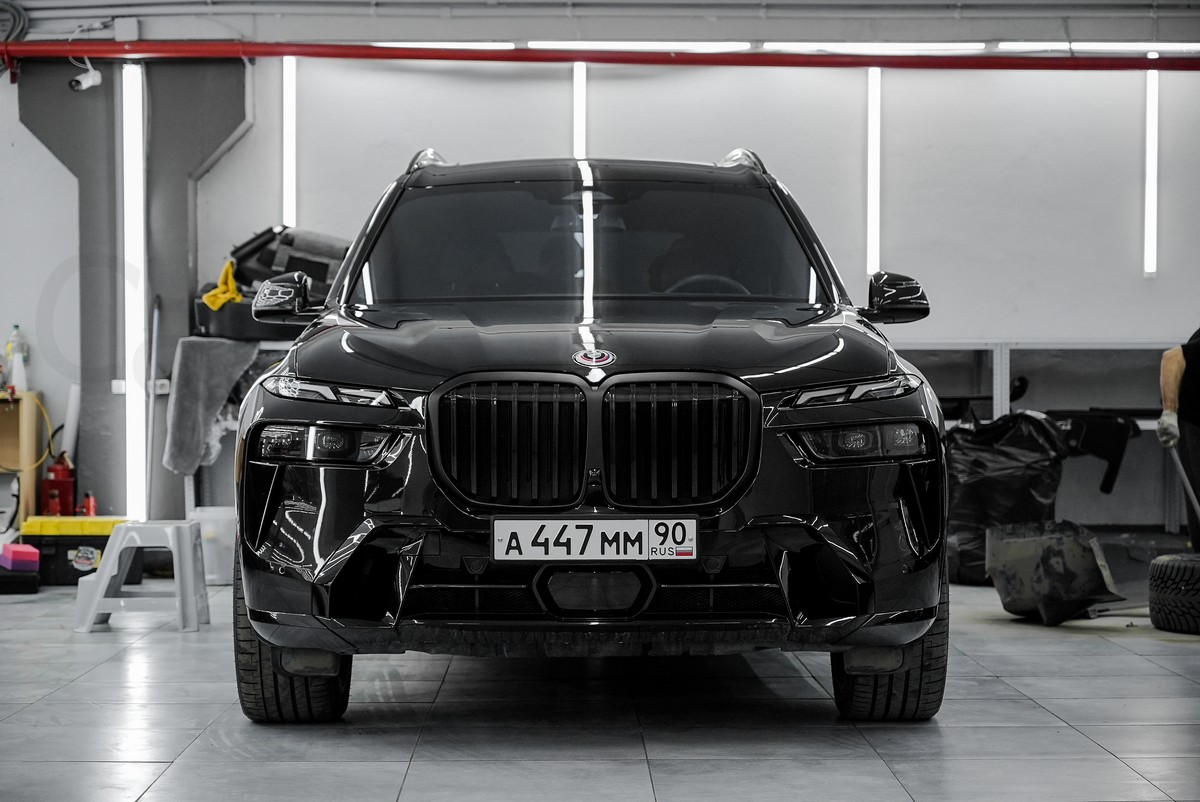

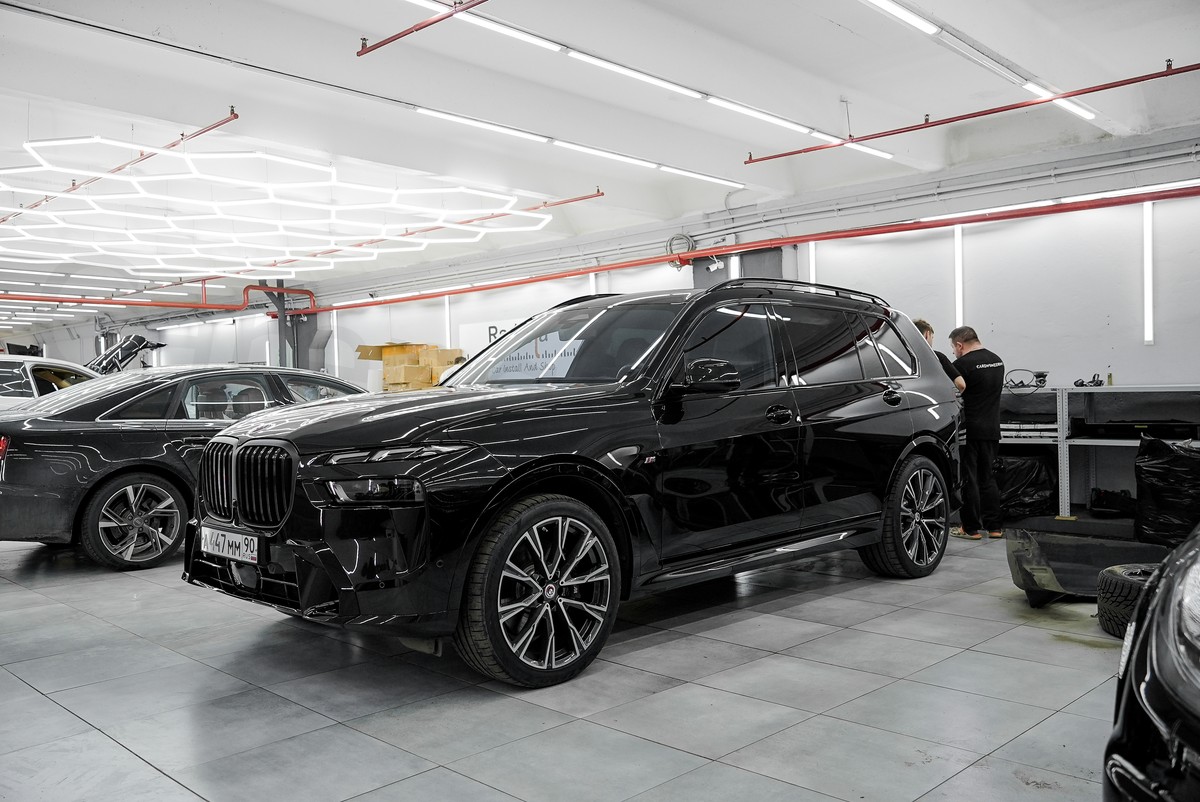
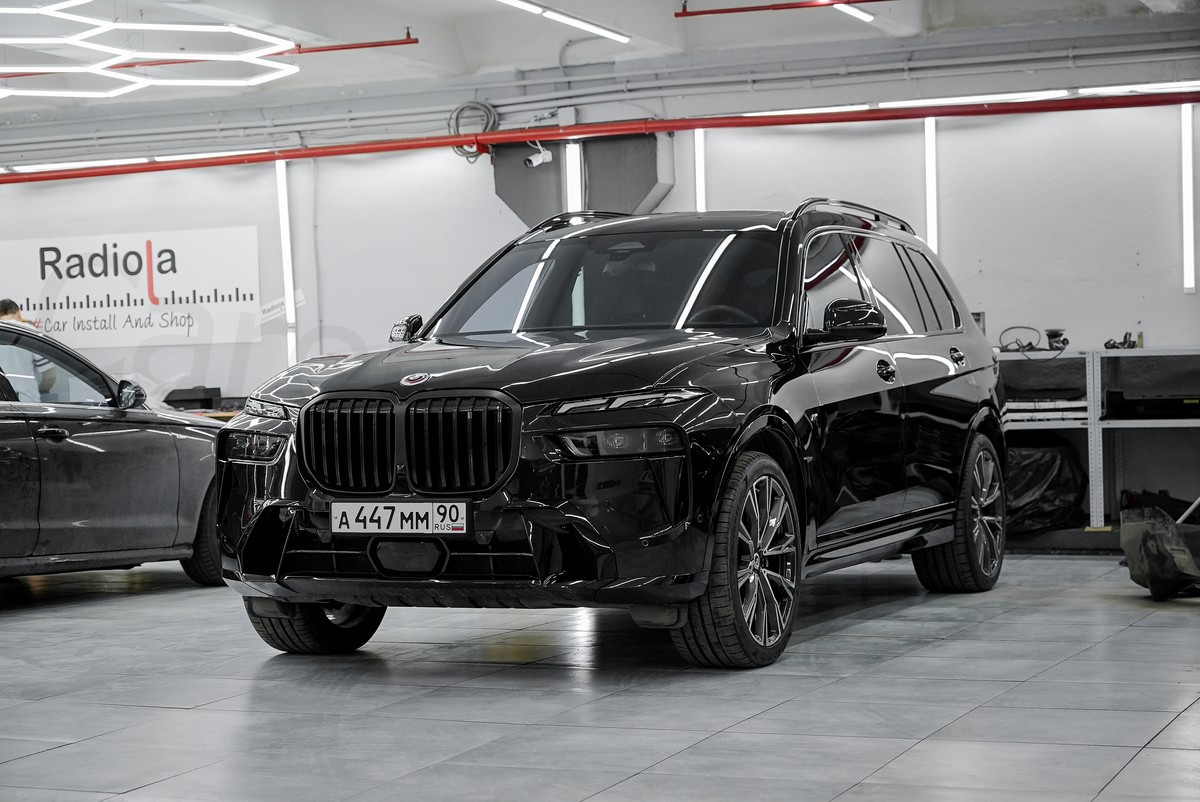
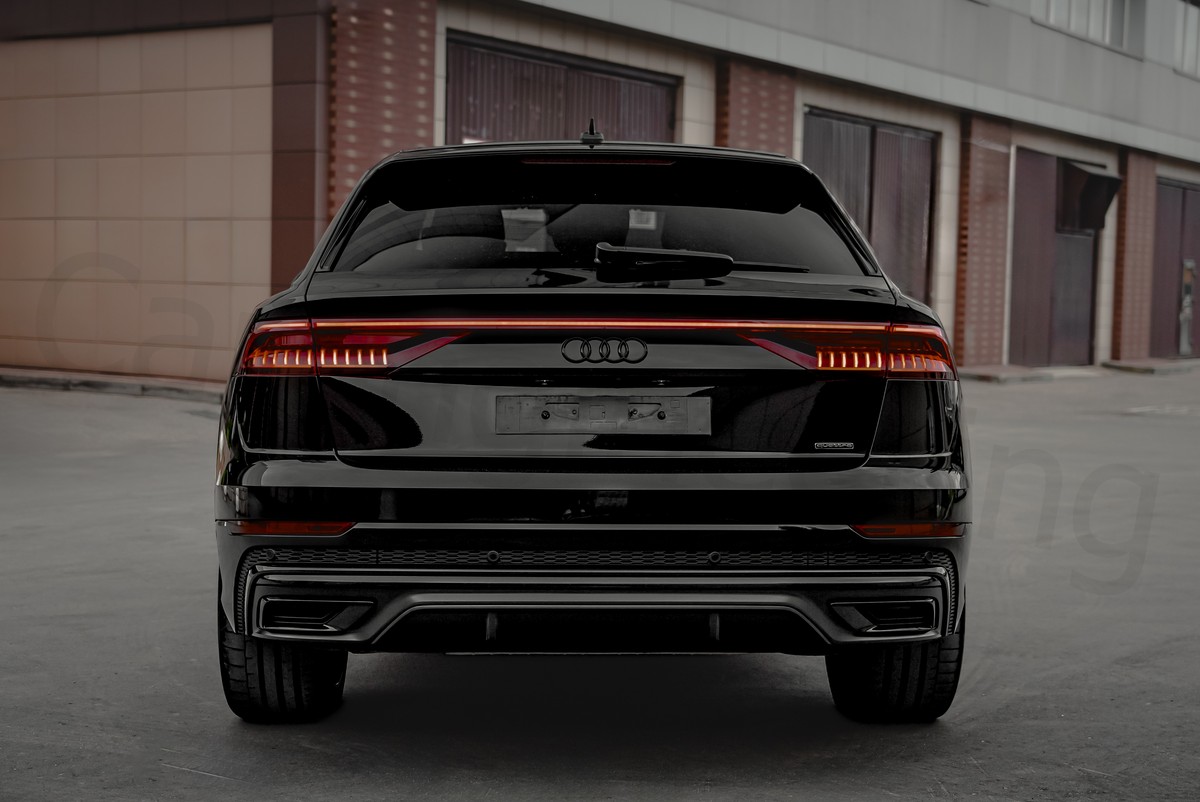

We will be glad to work with your car. Please contact us
☎️ 058 109 2340
📞 Whatsapp +971 58 109 2340
We are located in Dubai – link – Al Quoz 2

